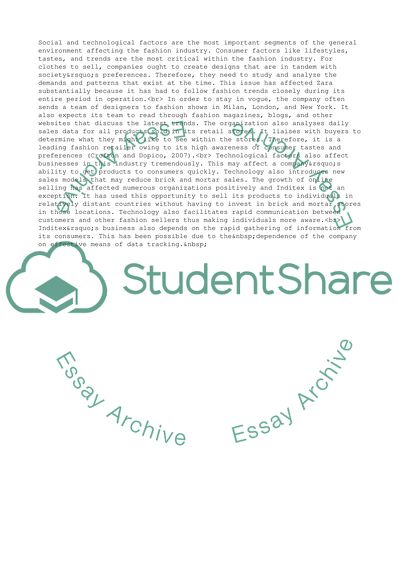Cite this document
(“External and Internal Environments Research Paper - 4”, n.d.)
Retrieved from https://studentshare.org/business/1626176-external-and-internal-environments
Retrieved from https://studentshare.org/business/1626176-external-and-internal-environments
(External and Internal Environments Research Paper - 4)
https://studentshare.org/business/1626176-external-and-internal-environments.
https://studentshare.org/business/1626176-external-and-internal-environments.
“External and Internal Environments Research Paper - 4”, n.d. https://studentshare.org/business/1626176-external-and-internal-environments.


